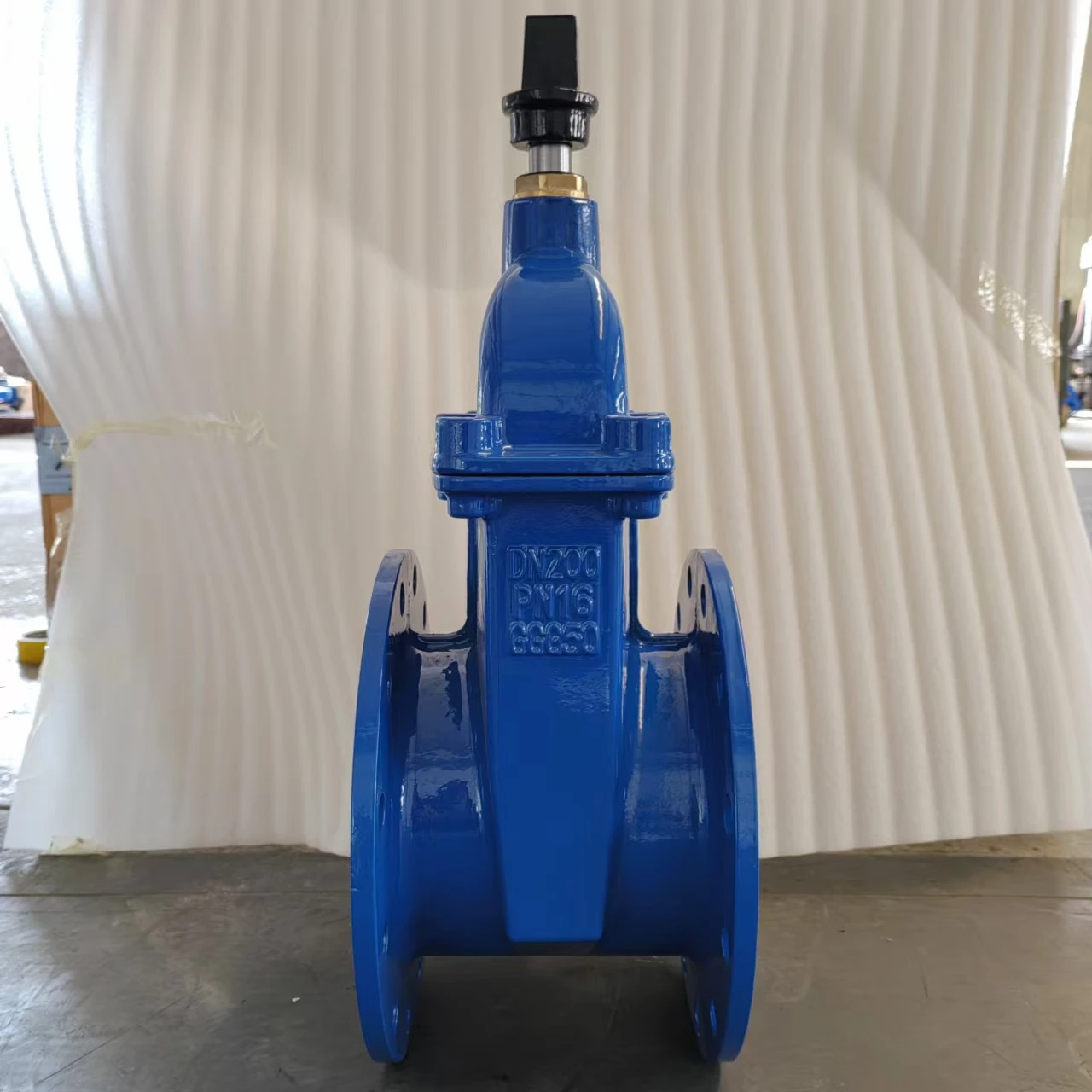Understanding the Mechanism and Functionality of Butterfly Valve Gears in Fluid Control Systems
Understanding Butterfly Valve Gears Mechanisms and Applications
Butterfly valves play a crucial role in various industrial applications, primarily due to their simple structure and effectiveness in controlling the flow of fluids. The ability of these valves to regulate and shut off flow is significantly enhanced by the use of gears. In this article, we will explore the functioning of butterfly valve gears, their construction, and the applications in which they are typically utilized.
What is a Butterfly Valve?
A butterfly valve consists of a rotating disc that can be turned to either allow or restrict flow. The disc is mounted on a shaft, and when the shaft is rotated, the disc turns and opens or closes the flow path. This design offers a quick response to control commands and is generally less expensive compared to other valve types.
The Role of Gears in Butterfly Valves
Gears are integral to the operation of butterfly valves, particularly when larger valves are involved, as manual operation may not be feasible due to the torque needed to turn the disc. Gear mechanisms boost the torque provided by the actuator, allowing for easier and more efficient valve operation.
There are two primary types of gear systems used in butterfly valves manual gears and automated (gear-driven) actuators.
1. Manual Gears These gears convert rotational movement from manual handwheels into the torque needed to operate the valve. Manual gear assemblies typically consist of a handwheel connected via a series of gears to the valve shaft. This arrangement multiplies the torque, making it easier for a user to open or close large valves.
2. Automated Gears In automated systems, electric or pneumatic actuators are utilized to operate the valve. These actuators may have built-in gear reducers that amplify the output torque. This design not only simplifies the operation but also enables precise flow control according to system demands.
Construction and Design Considerations
When designing a butterfly valve with gears, several factors must be considered to ensure optimal performance
butterfly valve gear

- Material Selection Both the valve body and gear components must be made from materials that can withstand the operating conditions, including pressure, temperature, and fluid type. Common materials include stainless steel, carbon steel, and various alloys that resist corrosion and wear.
- Size and Scale The size of the valve dictates the type of gearing necessary. Larger valves typically require more robust gear systems to handle the increased torque and leverage needed for operation.
- Sealing Proper sealing methods must be employed to prevent leaks in the valve assembly. The design of the gear mechanism should not compromise the integrity of the sealing surfaces.
Applications of Butterfly Valve Gears
Butterfly valve gears are used across a variety of industries, including
- Water Treatment Plants In these facilities, butterfly valves are common due to their ability to handle large flows with minimal pressure loss, and geared actuators allow for precise control.
- Chemical Processing The chemical industry often employs butterfly valves to manage corrosive fluids. Gear-operated valves are essential for providing safe and reliable operation.
- Oil and Gas In the oil and gas sector, butterfly valves manage the flow of hydrocarbons and other materials, and gear systems allow for remote operation in hazardous environments.
- HVAC Systems In heating, ventilation, and air conditioning applications, butterfly valves with gears are utilized for effective control of airflow and temperature regulation.
Conclusion
Butterfly valve gears represent a critical combination of mechanical engineering and fluid dynamics. By understanding their function and application, industries can enhance efficiency and safety in fluid control systems. As technology continues to evolve, the design and operation of butterfly valves and their associated gear systems will likely become even more sophisticated, reflecting the growing demands of various applications.
-
The Smarter Choice for Pedestrian AreasNewsJun.30,2025
-
The Gold Standard in Round Drain CoversNewsJun.30,2025
-
The Gold Standard in Manhole Cover SystemsNewsJun.30,2025
-
Superior Drainage Solutions with Premium Gully GratesNewsJun.30,2025
-
Superior Drainage Solutions for Global InfrastructureNewsJun.30,2025
-
Square Manhole Solutions for Modern InfrastructureNewsJun.30,2025
-
Premium Manhole Covers for Modern InfrastructureNewsJun.30,2025
